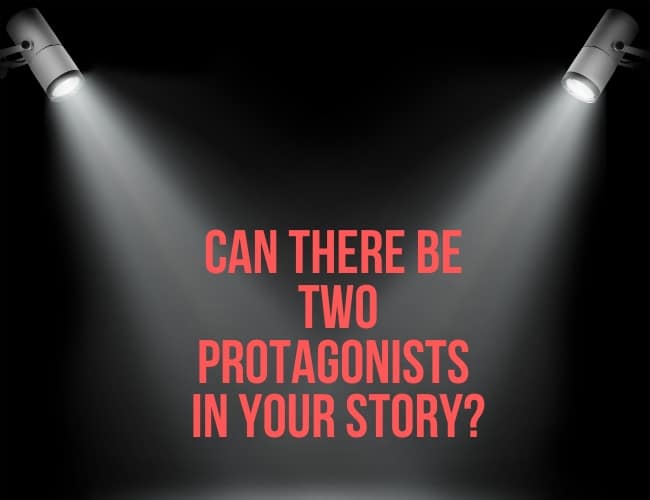
by Abigail Perry |
We’ve seen movies and read books. We know the protagonist when we see her. However, as I mentor and edit authors, I’ve had more and more writers ask me the big question: “Can you have multiple main characters in a story?”
Yes, you can. But should you?

by Sarah Gribble |
Halloween is right around the corner and I know a lot of you will be writing some spine-chilling stories to celebrate. What’s the best part of a creepy story? A monster.
When writing monsters, you could rely on the tried-and-true vampires, zombies, and giant, man-killing spiders. There’s nothing wrong with adding to the monster canon, but it does get a little boring after a while. It’s often better to make up your own monster. But how?
Decades have been spent honing the standard wants and abilities of vampires and zombies. How can you make a monster just as good in a much shorter time frame?

by Joe Bunting |
“In fiction, we can help our readers understand our characters’ motivations with clarity… people read fiction—to come to some understanding of why other people act the way they do.”
The question is, do you understand why your characters do the things they do? And are you conveying that understanding to the reader in an interesting way?

by Joe Bunting |
We’re on a characterization kick this week on The Write Practice. Today, we’re going to continue to delve into the lives of our characters by going through a list of thirty-five questions to ask your characters made famous by the canonical French author, Marcel Proust.

by Joe Bunting |
An antihero is a central character in a story who displays unheroic flaws or characteristics associated with villains, but who may garner more empathy and understanding as they can appear more human and relatable than traditional heroes.
Take a look at our list of over 75 antihero examples to see if you want to create one for your story today.

by J. D. Edwin |
As a writer, you know that a story can’t exist without characters. But have you ever wondered: “Why are characters important in a story?”
Perhaps you’ve questioned an even tougher problem: “When is a character important enough to keep in a story, and when does the narrative work better without them?”
In order for a side character—or any character—to matter in a story, they have to work as an essential character that impacts the protagonist, plot, setting, or another important aspect that shapes or moves a story forward.
In this article, you’ll learn four ways that determine if (1) the character is essential, and (2) how they contribute to a story. You’ll also learn the major types of characters and ways to determine if—for the characters who don’t qualify as essential—you’re better off revising their role, or cutting them from the plot.





